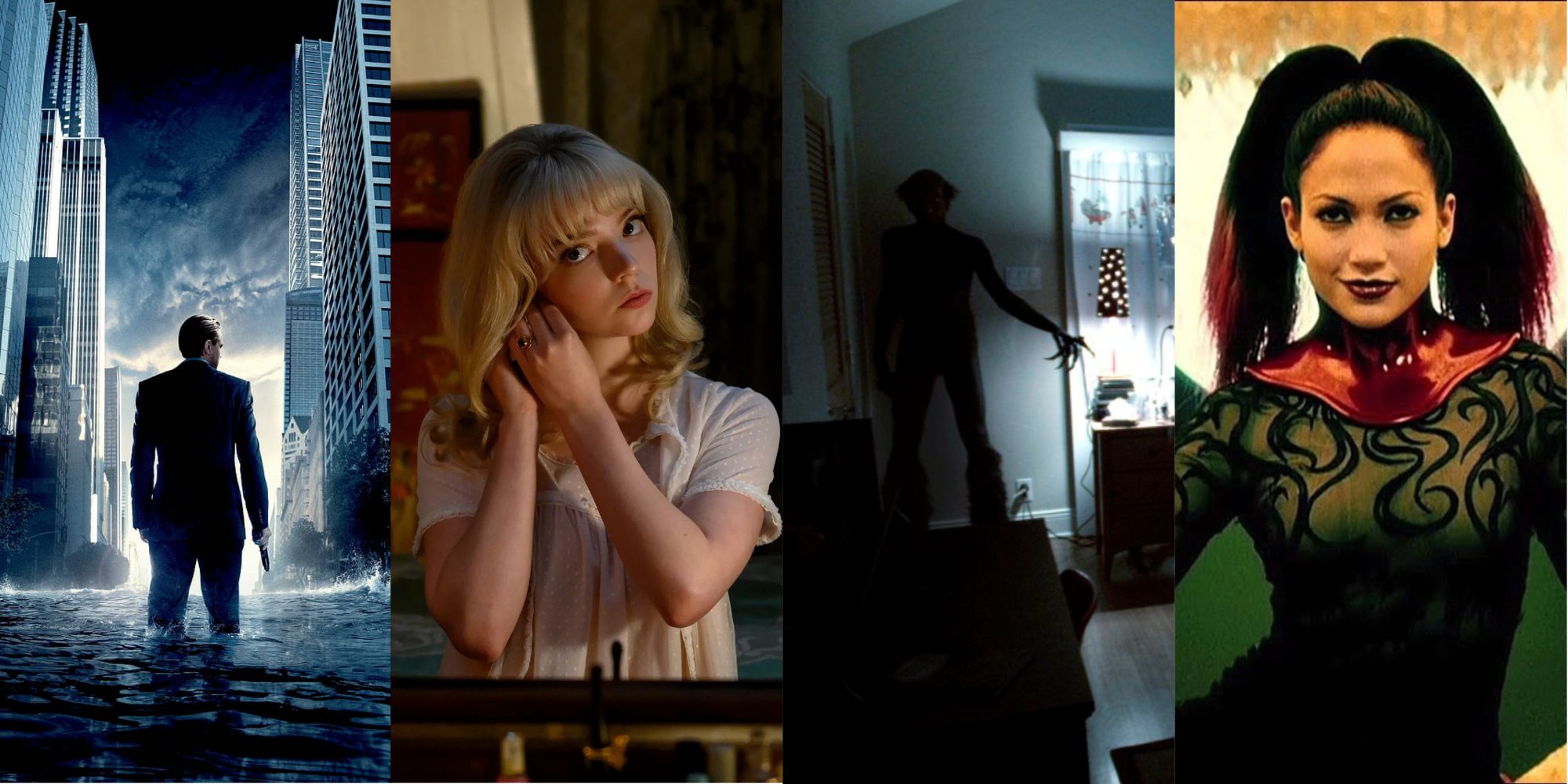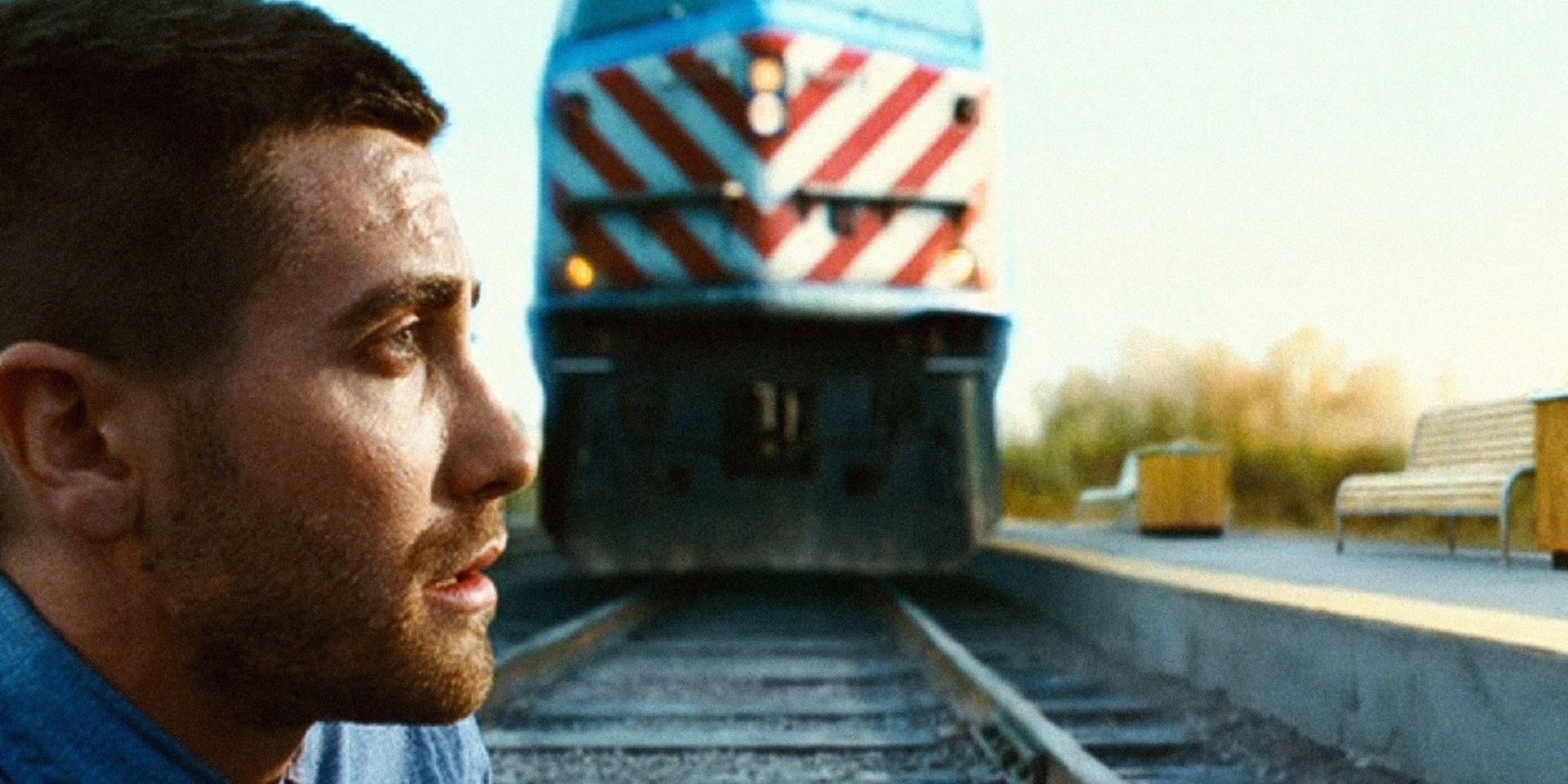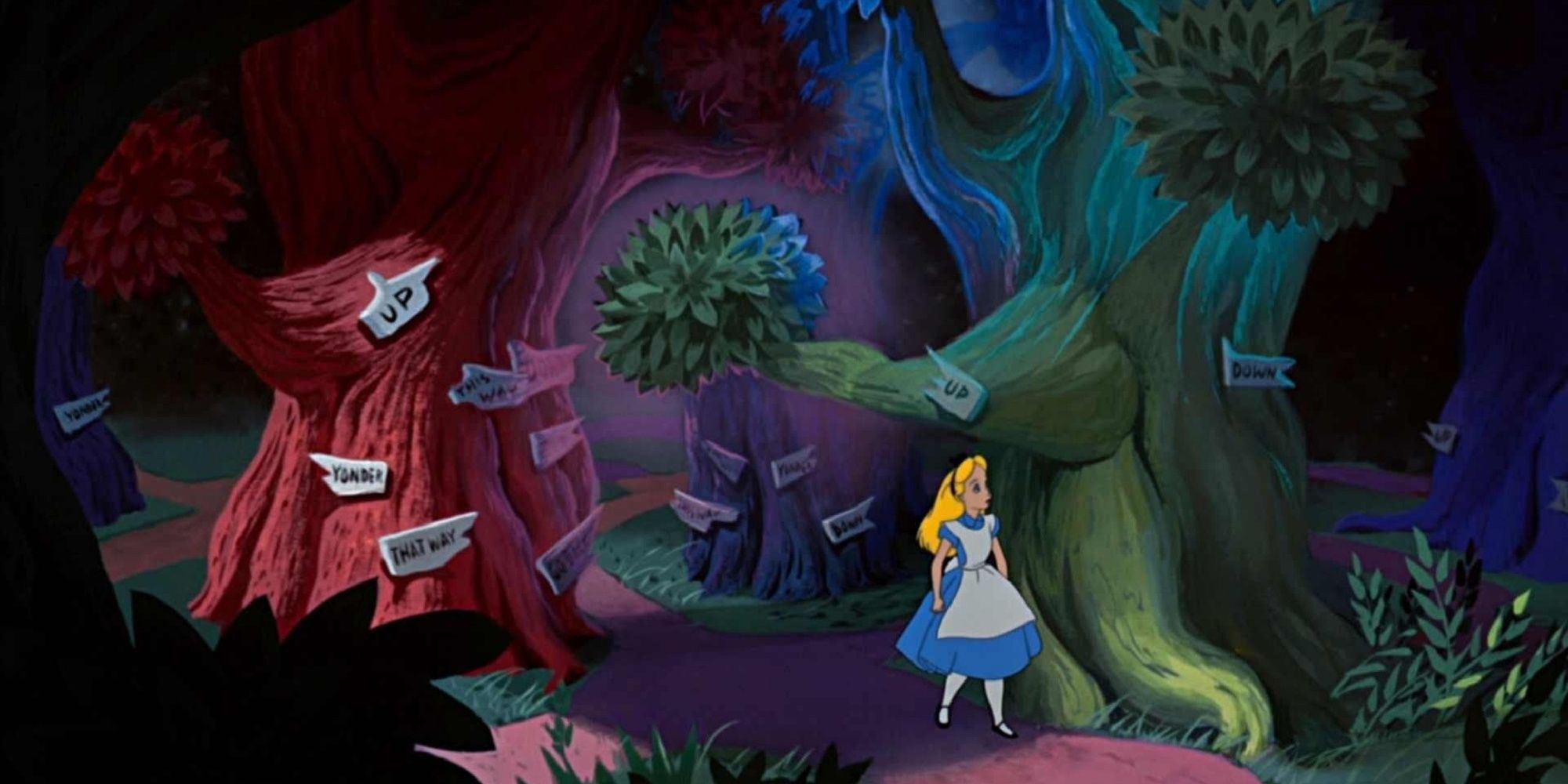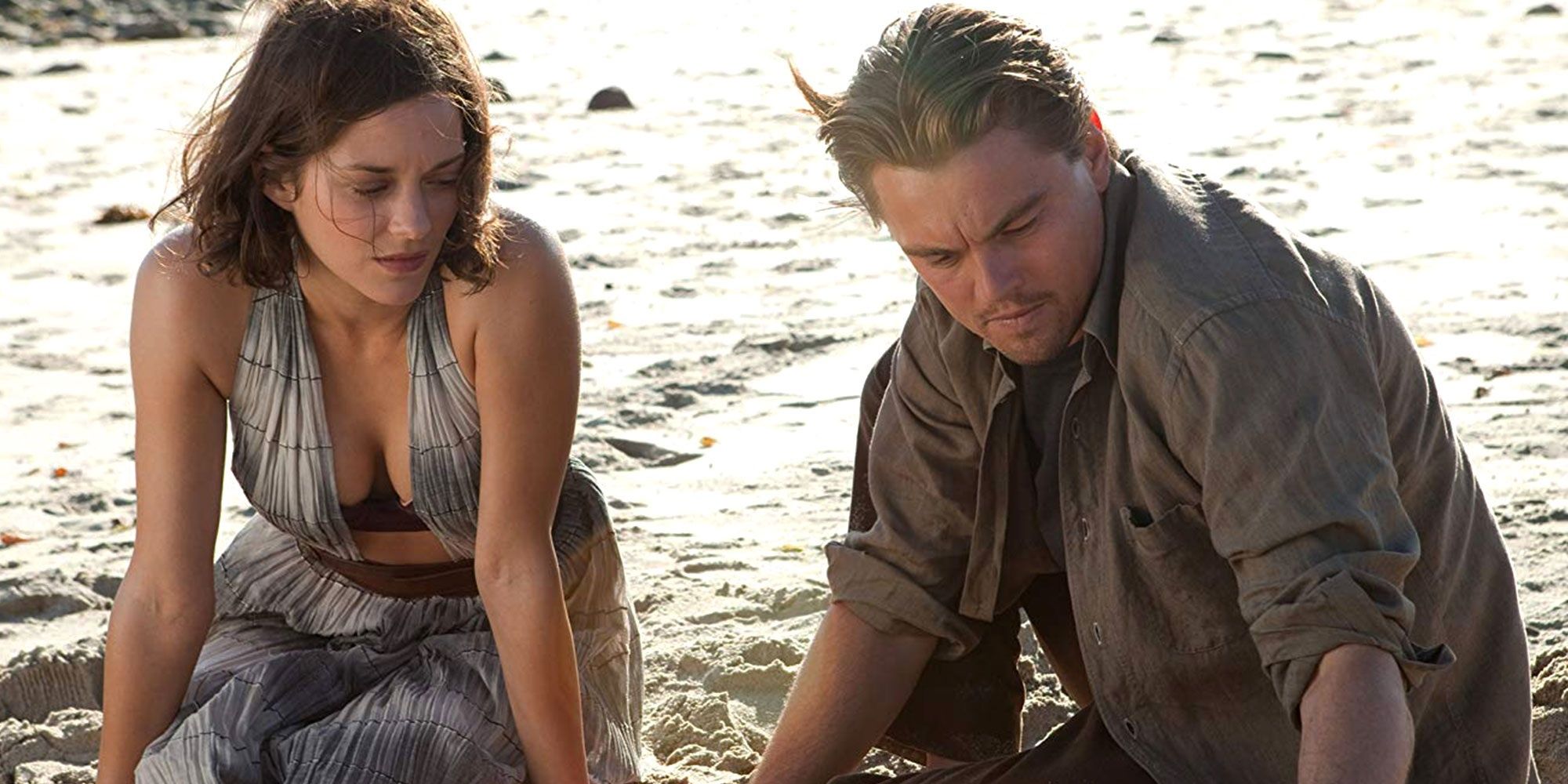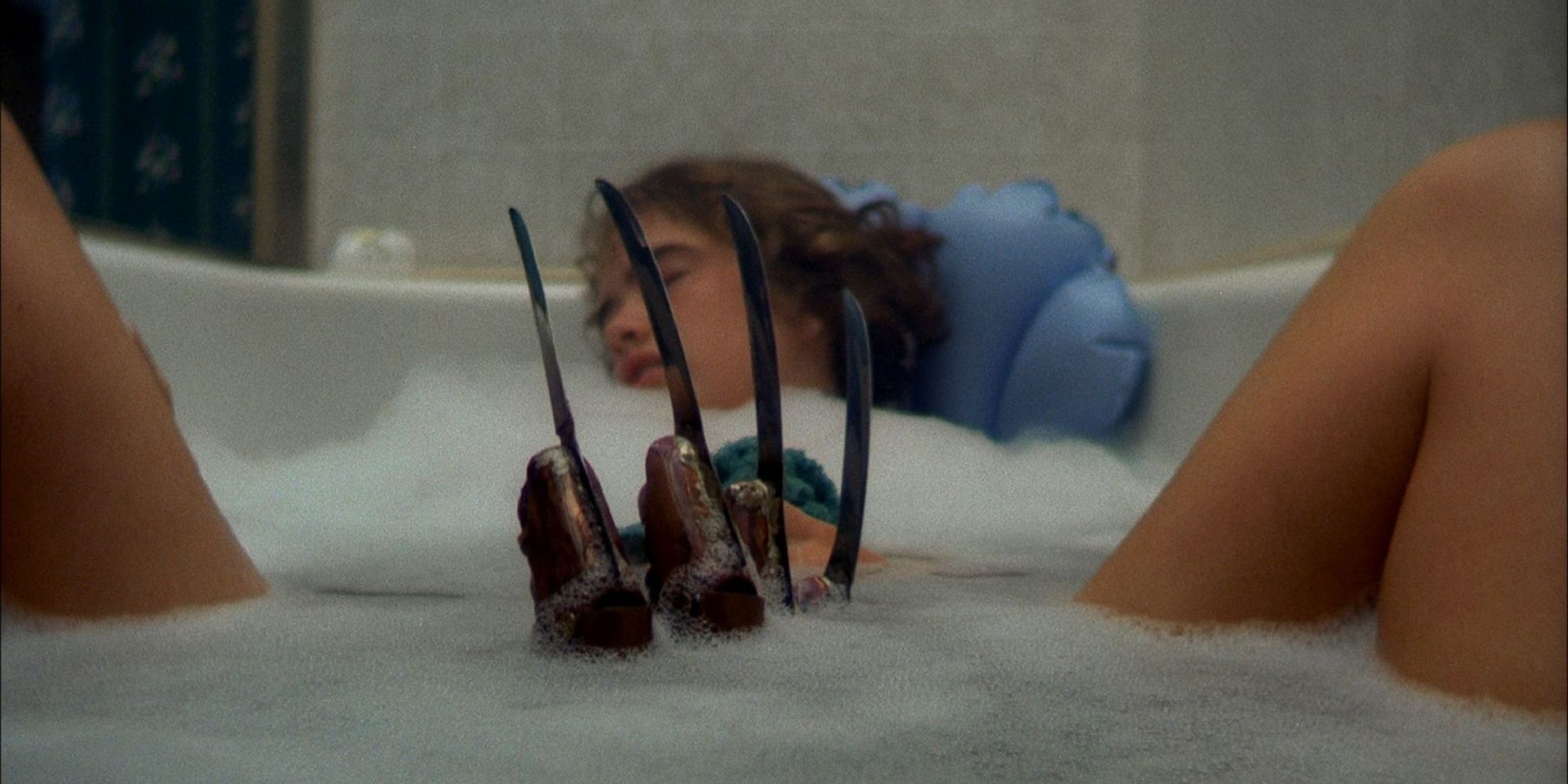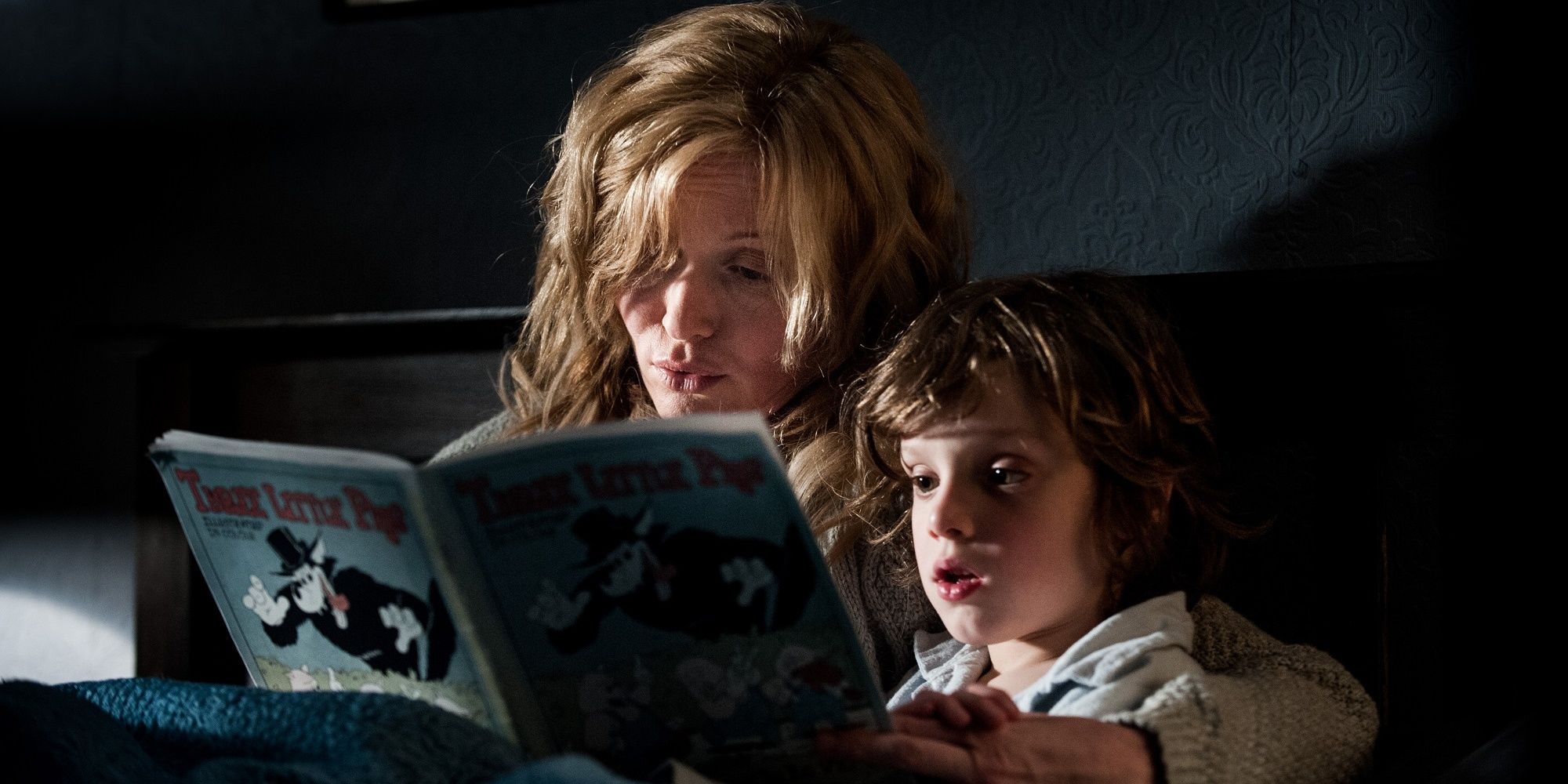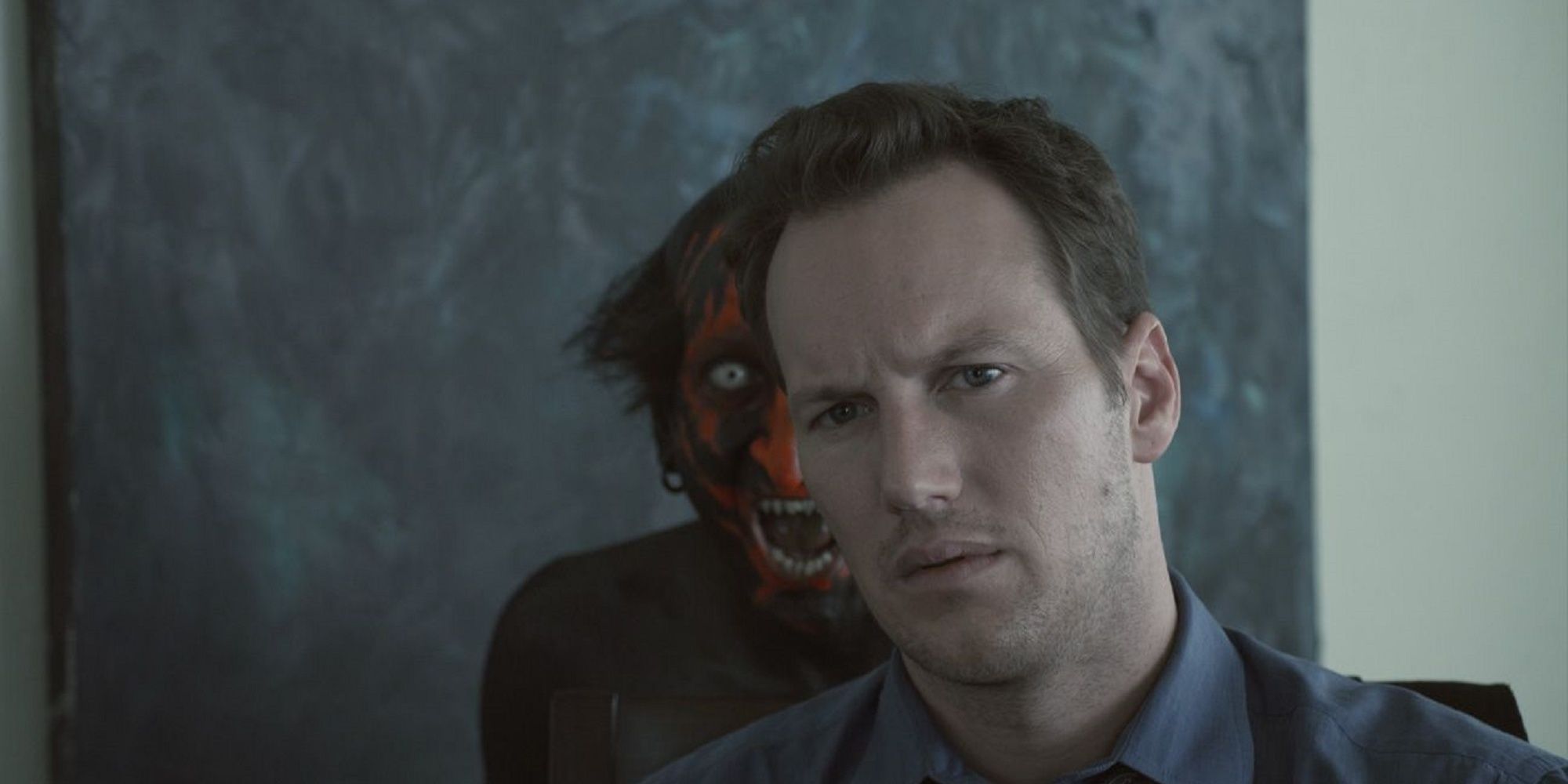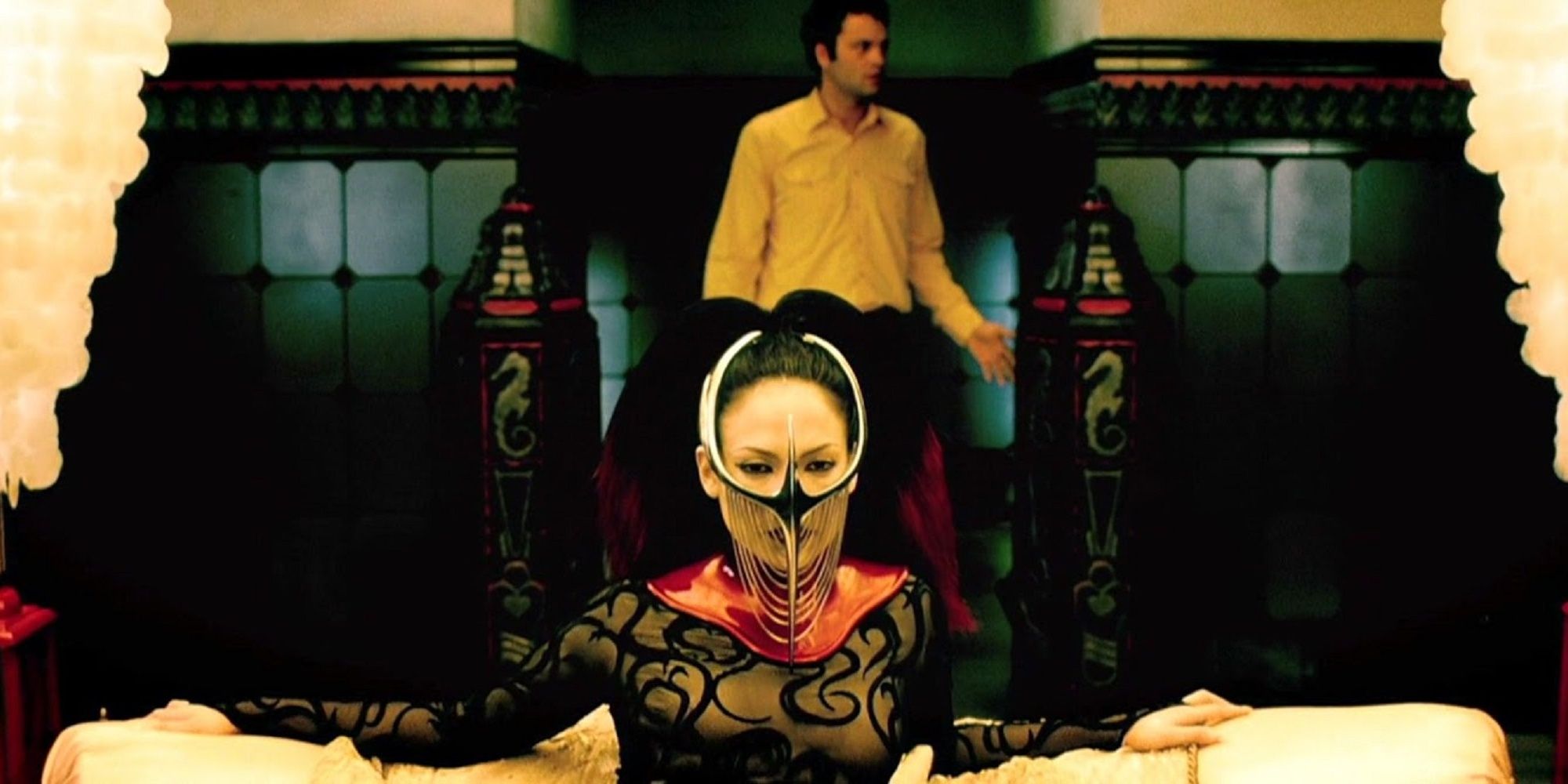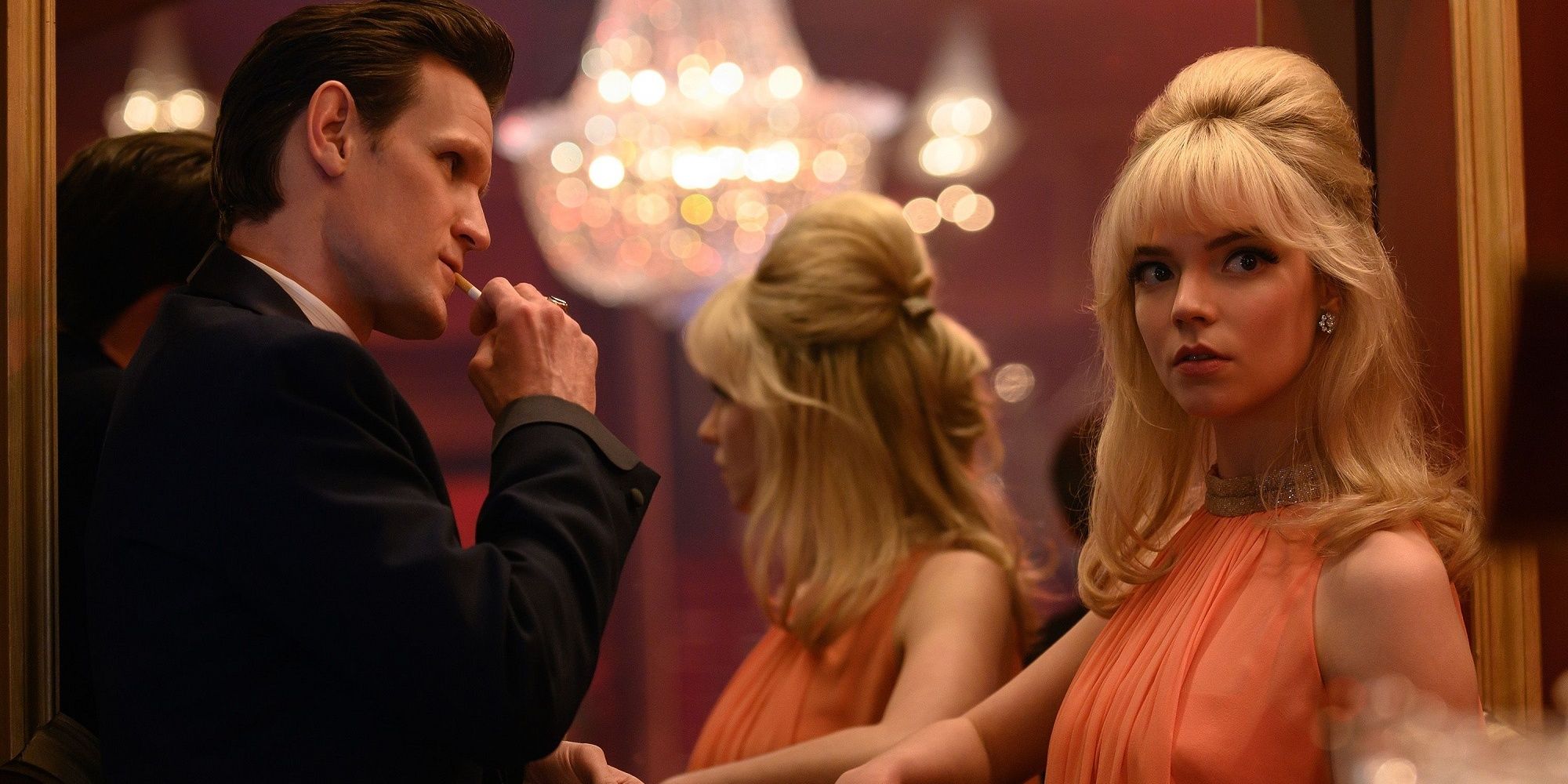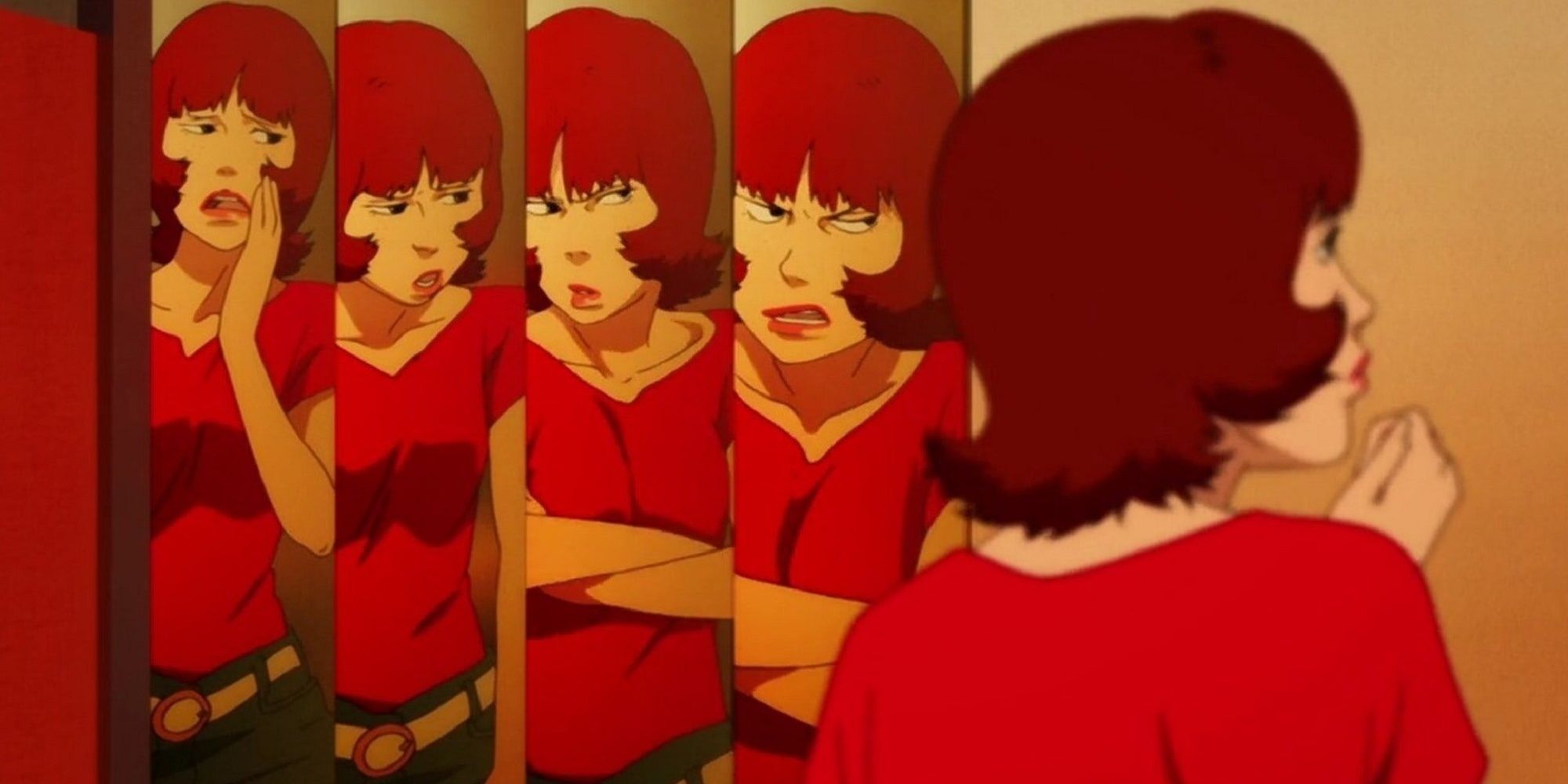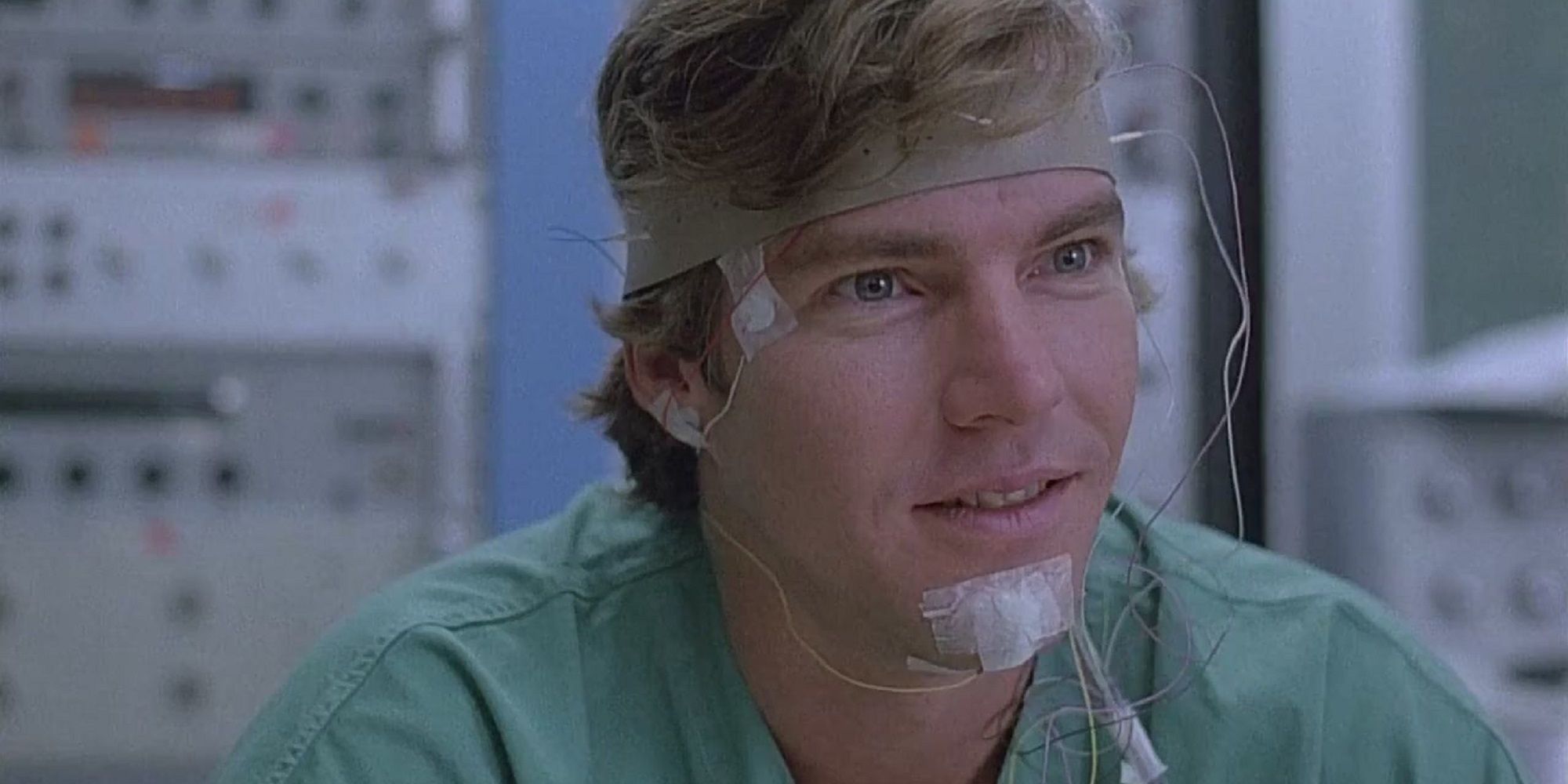Every night when you go to sleep, you enter the land of dreams, ripe with surreal landscapes, imaginative storylines, and a lot of cognitive dissonances. They often don’t make sense and leave you feeling empty after waking up.
This is why dreams and nightmares have played such a starring role in cinema. Dreams are where anything can happen; as long as you can think it, you can experience it. They are the baseline for many stories, with writers and directors even crediting their best ideas to dreams they had. Dreams can serve an array of functions in films – from the classic trope, “It was all just a dream,” to the idea of killing through nightmares and implanting ideas in them. The world of cinema would be a bit lost without them.
‘Source Code’ (2011)
Colter (Jake Gyllenhaal) is part of a military operation that allows him to relive the last few minutes of a man on a train right before he died in a terrorist explosion. Colter’s mission is to find out who the bomber was and prevent a similar catastrophe. As he relives the minutes again and again, though, his failures bring him closer to figuring out how to stop the first bombing from happening.
While Source Code uses more of a “simulation” than a dream, Colter must fall asleep to experience it. The movie brilliantly plays with the connection between dreams, simulations, and reality and the desire to change fate through them.
‘Alice in Wonderland’ (1951)
Alice in Wonderland is a quintessential movie in the age-old trope of waking up where the story has been all “just a dream.” The film presents one of cinema’s most imaginative and bizarre dream worlds, and the beloved movie has infiltrated every facet of pop culture.
In it, a young girl named Alice falls down a never-ending rabbit hole while chasing a peculiar white rabbit in the park. She drops into a wondrous land full of talking animals and doorknobs, mushrooms that change her height, flowers that sing to her, and playing cards that try to chop off her head. The world of Wonderland is home to some of the most extraordinary creatures and unforgettable characters.
‘Inception’ (2010)
Inception is known for its complex plot and making its title into a word, like in 30 Rock when Jack says, “I never sleep on planes, I don’t want to get incepted,” in reference to the movie. It also contains one of the most frustratingly brilliant endings of all time, which leaves it up to you to decide whether Cobb got his happy ending or not.
Leonardo DiCaprio plays an expert at stealing information from people’s subconscious through dreams. He and his espionage team can also implant ideas, leading to businessmen hiring them for complicated jobs. Inception uses dreams in every level of storytelling, creating architecture in the blink of an eye and ending with an intense climactic sequence that is truly unforgettable.
‘A Nightmare on Elm Street’ (1984)
“Whatever you do, don’t fall asleep” is some of the best advice that horror movies have given us. After all, monsters are most fearsome in your sleep, especially in Nancy (Heather Langenkamp) and her friends’ dreams. The group is terrorized in their dreams by the menacing Freddy Kreuger (Robert Englund) in the Wes Craven classic that spawned many sequels and scared kids into insomnia in the ’80s.
Being haunted in your dreams is especially disturbing because your bed, and especially your sleep, are supposed to be your safe spaces. You should feel safe once you get home every night and lock your doors. Unfortunately, Freddy’s revenge has other plans, and Craven’s brilliant idea to bring horror to the dreamworld turned out to be a perfect motive.
‘The Babadook’ (2014)
The Babadook is an interesting horror movie in that it is one of few that ends with absolutely no deaths. Many horror movies have used the idea of dreams and nightmares in their narratives, but the characters in The Babadook only have to worry about being haunted instead of killed.
The movie follows a newly widowed mother (Essie Davis) and her son, Samuel (Noah Wiseman), who begins displaying odd and disturbing behavior. One day, he shows his mom a mysterious book that appeared in their home called Mister Babadook. After reading it, the boy begins to have insomnia, and the house starts acting in strange ways. The film expertly utilizes aching tension instead of blood and gore to scare you into never sleeping again.
‘Insidious’ (2010)
What would it be like to go to sleep, astral project too far, and get stuck in purgatory and never wake up? Insidious answers that question in one of the most menacing horror movies to come out of the 2010s. After moving into a new home, parents Josh (Patrick Wilson) and Renai (Rose Byrne) lose their young son (Ty Simpkins) to an unexplained coma after he never wakes up one morning. They soon learn that their house is haunted by something and that a malevolent entity is possessing their son.
The movie’s brilliant idea of getting stuck in “The Further” spawned various sequels, but the first remains the most unsettling, with a perfect cast and tasteful jump scares. The movie also unintentionally ruined Tiny Tim‘s “Tiptoe Through the Tulips” forever.
‘The Cell’ (2000)
The Cell walks the fine line between vivid psychotropic imagery and those “demonic” ’90s music videos that your mother warned you about. Starring Jennifer Lopez, the movie takes a twisted trip into a serial killer’s psyche. A psychologist experiments with a new type of transcendental therapy that one can experience what is happening in someone else’s brain to potentially save future victims.
The comatose serial killer’s mind hides doll-like versions of his victims and memories of abuse he experienced. The execution of this film is every bit of 90s awesomeness, even though the ridiculousness of its The Silence of the Lambs-meets-The Matrix premise is almost too bold for its own good.
‘Last Night in Soho’ (2021)
Edgar Wright‘s latest foray into horror came in the way of vibrant 1960s-soaked glamour in Last Night in Soho. Anya Taylor-Joy plays the “dream” version of an aspiring fashion designer who falls asleep each night and is transported back to the ’60s, where she encounters a sensational lounge singer.
The girl’s dreams turn into nightmares, though the past splinters into a “memory” that is far darker than a lounge singer’s escapades. The movie takes you on a wild ride of not knowing what is real or not, and a surprise twist at the end where a mistreated woman finally gets her bloody revenge.
‘Paprika’ (2006)
Paprika is an essential part of Japanese animated cinema and one of the most well-known anime films outside Studio Ghibli. It has inspired other popular films, like Christopher Nolan’s Inception, and is a massive feat in the story-telling of dreamworlds and identity.
The film follows Dr. Atsuko Chiba, a scientist by day and a dream detective by night, going by the name “Paprika.” Atsuko and her colleagues work on a device that will help their psychiatric patients, but it can also destroy people’s minds if misused. One of the prototypes goes missing one day, and several researchers begin to go mad, leading Atsuko down a road of mystery toward something malevolent.
‘Dreamscape’ (1984)
Dreamscape follows a psychic named Alex (Dennis Quaid), who has spent his life using his talents for personal gain. He is coerced into joining a government project intended to help people with sleep disorders. It was taken over by a powerful government agent and turned into a psychic project, though, where psychics link with other people’s minds by infiltrating their subconscious during REM sleep.
The movie turns into part sci-fi escapade and part political conspiracy as Alex delves into a dangerous road of blackmailing, sexual coercion, and murders. The premise, though, remains imaginative and will have you wondering what the U.S. government is really up to behind closed doors.
























































![Key Metrics for Social Media Marketing [Infographic] Key Metrics for Social Media Marketing [Infographic]](https://www.socialmediatoday.com/imgproxy/nP1lliSbrTbUmhFV6RdAz9qJZFvsstq3IG6orLUMMls/g:ce/rs:fit:770:435/bG9jYWw6Ly8vZGl2ZWltYWdlL3NvY2lhbF9tZWRpYV9yb2lfaW5vZ3JhcGhpYzIucG5n.webp)


